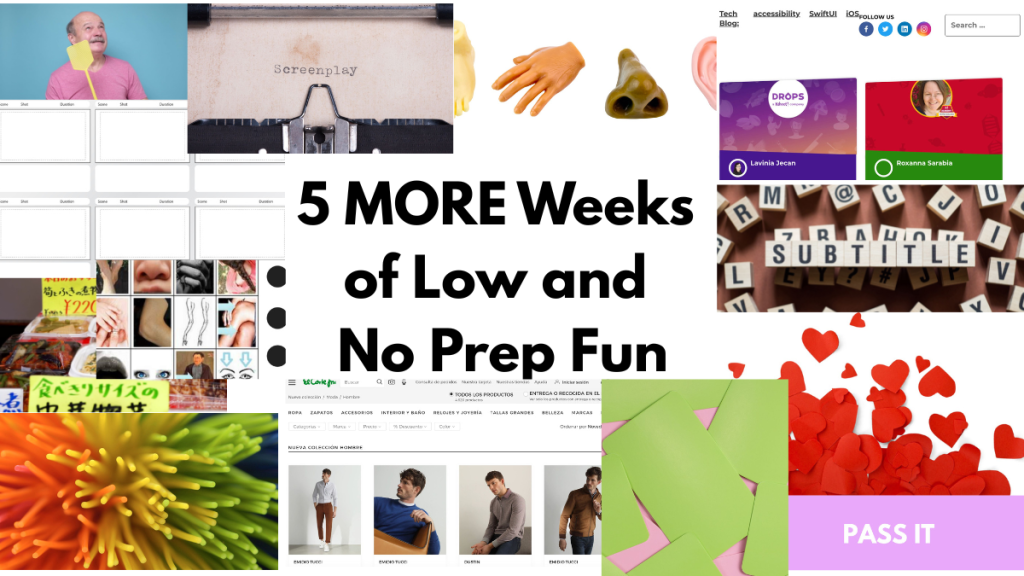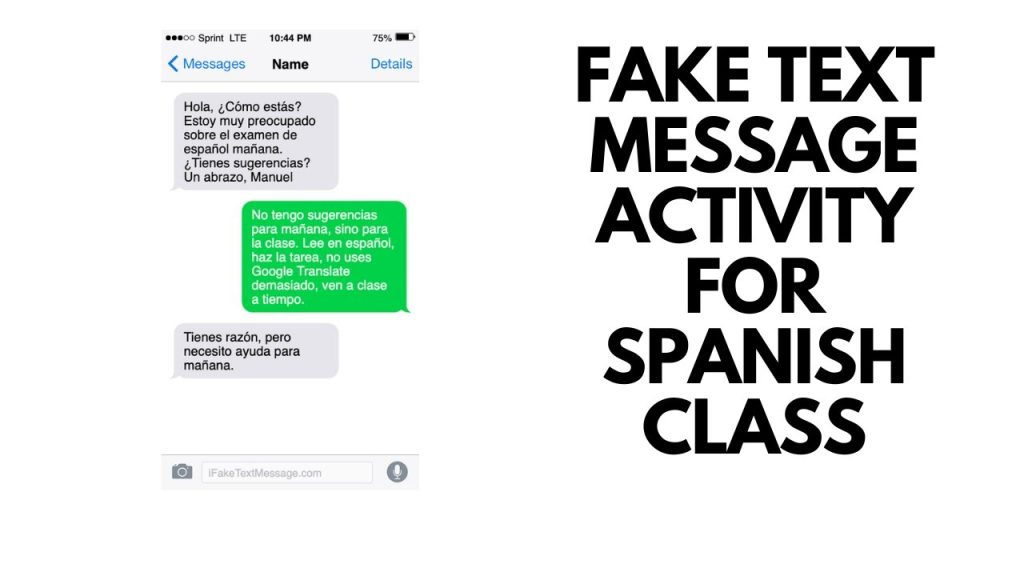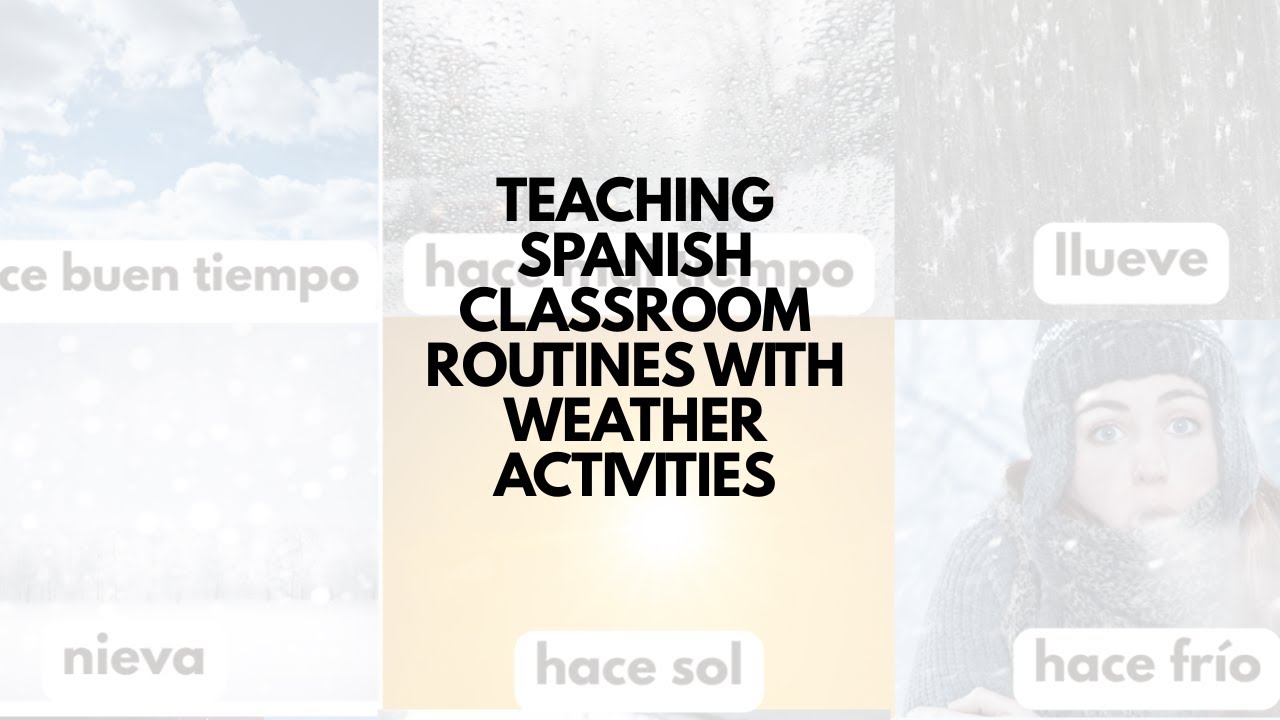
Here’s a short guide to share simple, repeatable ideas for Teaching Spanish Classroom Routines with Weather that get students speaking from the first minute of class. These routines are easy to slot into your calendar time or warm-up and are designed to recycle vocabulary, build confidence, and make language use feel natural.
Why focus on weather and seasons?
Weather and seasons are low-stakes, high-frequency topics that students experience every day. Because they are relevant and predictable, students are more willing to talk. Repeated, short practice helps vocabulary stick and gives learners a reliable script for short interactions.
How to fold weather into your routines
Use weather and seasons as part of existing classroom routines—calendar time, morning warm-ups, or a quick chat mat. As I often suggest, make it part of your calendar routines so students get regular exposure. That short, consistent practice is what moves learners from recognition to production.
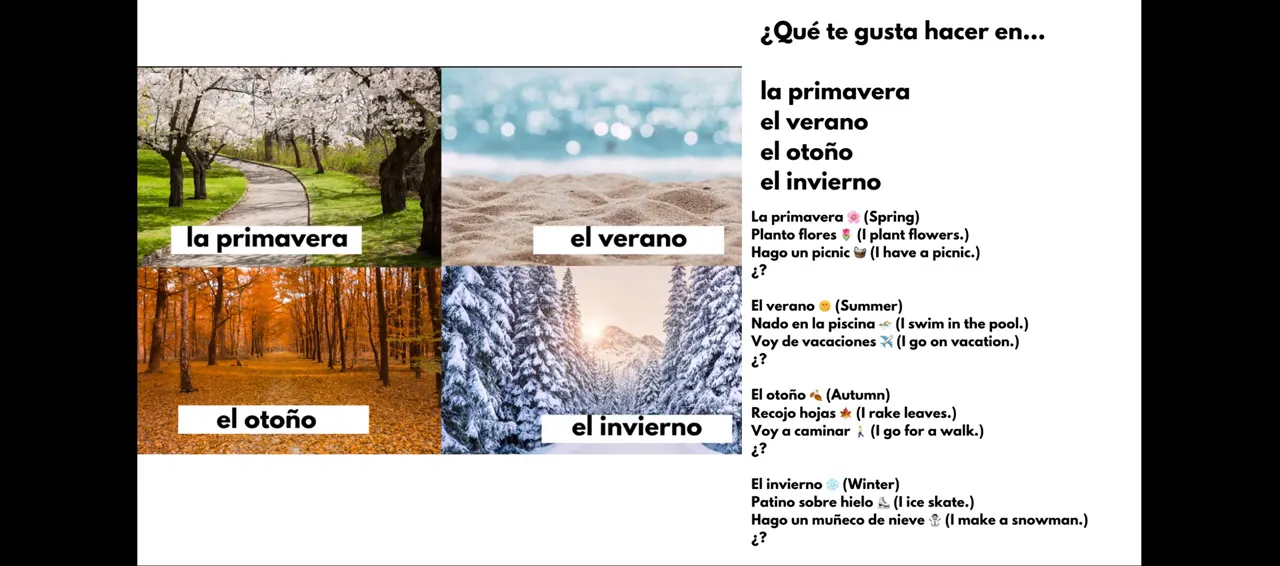
Simple activity ideas
- Quarter-paper conversation: Give each student a sheet divided into four. Label the sections: weather, seasons, activities, months. Students rotate or share in pairs, answering prompts in Spanish.
- Warm-up chat mat: Use a visual with icons for sun, rain, snow, etc. Ask students to say their favorite season or today’s weather and why.
- Pack for a trip: Choose a country and have students pack 10 items for that destination. They list and label each item in Spanish—great for combining weather, clothing, and travel vocabulary.
- Quick pair interviews: One student asks about the partner’s favourite season; the partner answers with a short sentence. Rotate partners every few minutes.
Classroom tips to maximise impact
Keep activities short and routine. The goal is frequent, meaningful use rather than one-off lessons. Offer sentence frames for beginners (e.g., “Hoy hace ______.” or “Mi estación favorita es ______.”) and encourage more advanced learners to add reasons or activities.
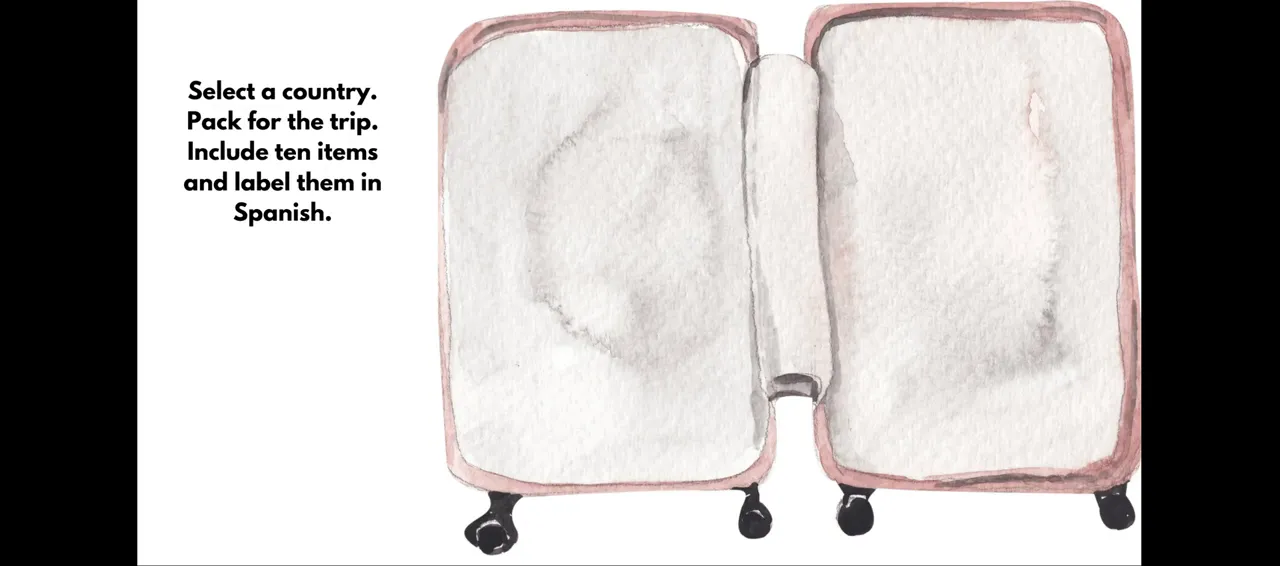
Benefits you’ll see
- Richer, recycled vocabulary for everyday topics.
- Increased student confidence speaking in short bursts.
- Natural opportunities to personalize language (favorites, plans, travel).
- Easy differentiation—frames for beginners, extension prompts for advanced learners.
Conclusion
Teaching Spanish Classroom Routines with Weather is a practical, low-prep way to get students talking every day. Slot one of these activities into your warm-up or calendar routine, and watch vocabulary and confidence grow. Try the quarter-paper chat or the packing-for-a-trip challenge this week and notice how quickly students start to use the language more comfortably.
